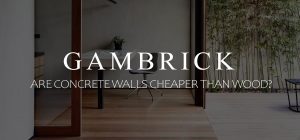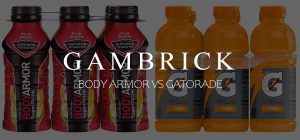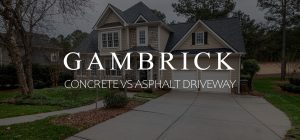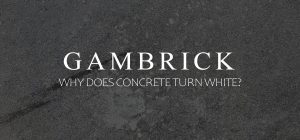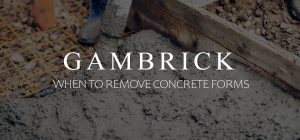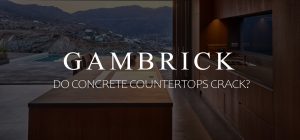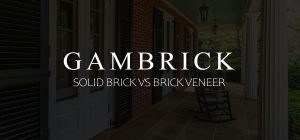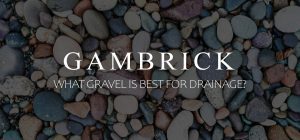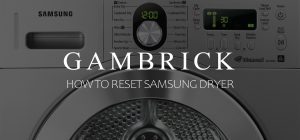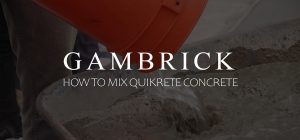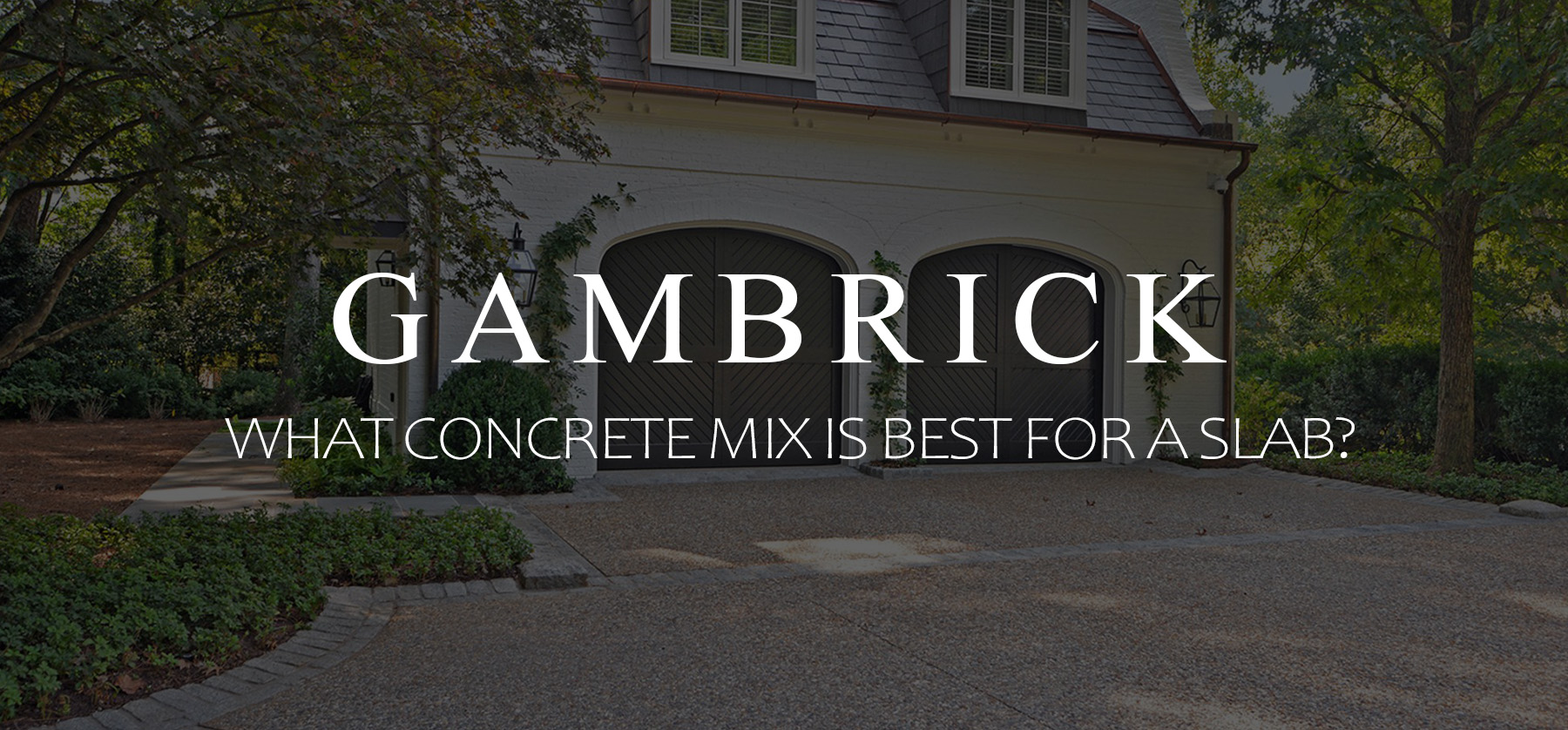
What Concrete Mix Is Best For A Slab?
The best concrete mix for a slab is 3500 psi concrete poured 4-6 inches thick. Add reinforcement like fiber, rebar or wire mesh for more strength and to resist cracks. The mix I use to make 3500 PSI concrete is 1:3:2.5. 1 Part Cement, 3 parts stone and 2.5 parts sand. Use masons sand and smooth stones about an inch or so in size. Mix in just enough water to activate all the dry ingredients. This is a really good all around concrete mix for a slab that provides good strength and workability.
This mix is a great all around formula that works for the majority of slabs and doesn’t absorb excessive amounts of water.
Understanding how and why concrete absorbs moisture, and how much water is absorbs, will help you determine what concrete mix is best for your particular slab.
A concrete slab can mean a few different things. A sidewalk, patio, stepping stones, garage floor and a driveway are all examples of a concrete slab.
Concrete is a very strong and versatile material that takes the shape of any form it’s poured into. It can then be smoothed, colored, textured and stamped.
Because of how strong concrete is, it can handle the weight of people, cars, trucks, furniture and equipment. If you build the slab right, it won’t crack, buckle or deteriorate. But you need to use the correct concrete mix for the slab you’re building.
The right concrete mix for a patio is different than a driveway because they carry less weight. If you use a mix that’s too weak for the slab’s purpose, it could crack over time.
Another example of a slab is a regular sidewalk. The ideal mix for a sidewalk is different then a driveway because it carries less weight, but it may also be different than a patio because it’s much smaller.
In this article we’ll discuss a few different standard slab mixes and when you should use them.
Concrete Slab Mixes
There’s no such thing as a concrete mix that’s just for slabs. Concrete is a mixture of sand, stone and cement. Varying the ratio of ingredients, and the actual materials you use, produces different types and strength concrete. Some mixes are better for slabs than others, but it’s all just concrete.
In general, a 3500 PSI concrete mix is best for almost all residential slabs ranging from simple sidewalks to stamped patios and strong driveways.
The reason some concrete formulas work better than others is based on how the slab is built and used.
A patio, sidewalk or driveway is a large flat surface, so you need concrete that’s crack and buckle resistant. It’s also outside, so it’ll see lots of rain, sun, ice, snow, possible freeze/thaw cycles and temperature fluctuations. Slabs like these need to be strong enough to hold the weight placed atop them. Driveways generally support more weight than a patio, so we use stringer or thicker concrete.
Some slabs needs an attractive smooth finish or stamping which means the concrete can’t be too hard to finish.

Concrete Delivery Options
When buying concrete for your slab, you have a few options. Buy Quikrete premixed bags, get it delivered by a concrete truck or mix your own. Each of these options are great for different scenarios and we use them all.
- Truck: Concrete trucks are more expensive but a great way to buy concrete in bulk. They’ll deliver whatever mix you ask for.
- On Site: Mixing your own concrete is the cheapest option but not great if you need lots of concrete in a variety of places. The extra labor required to mix and then move all that concrete ends up costing more money than if you bought a truck.
- Quikrete: I like using premixed bags for small slabs. If a job is around 50 bags worth of concrete I’ll use Quikrete and a small mixer.
No matter where you buy your concrete, the best all around mix for a slab is 3500 psi. That’s one part Portland cement, two and a half parts mason sand and three parts aggregate stone around and inch in diameter.
Use smooth rounded aggregate stones in your concrete mix for a smoother finish.
Different Concrete Slab Mixes
The best overall concrete mix for a slab is 3500 psi. To make 3500 psi concrete you mix together 1 part cement, 2 1/2 parts sand and 3 parts stone. But in some cases you may need a stronger or weaker mix.
When making your own concrete it’s important to use the correct ingredients and ratios needed to produce a strong, durable concrete.
The basic mixing ratios for concrete are 1:3:3, 1:2.5:3, 1:2:3. Mixing ratios are based on the proportion of cement, sand and stone you use in the mix.
Keep in mind the order of ingredients when you look at a number ratio is always the same: cement, sand and stone. The ratio that’s best for your slab depends on what psi strength you need.
To make concrete there are four basic materials you’ll need:
- Portland Cement: You can buy this bagged or get it delivered.
- Sand: Course or Fine both work. Coarse gives a grittier, stronger concrete but fine is easier to work with and provides a smoother finish.
- Aggregate Stone: I like to use stone between 1/2″ to 1″ in size. 3/4″ is a good size to order because you’ll get a mix of larger and smaller stones. They won’t all be the same size.
- Water: Use only clean fresh water. If you can drink it then it’s good for making concrete.
The chart below shows you how to adjust the ratio of ingredients to effect the strength of the concrete mix.
| Compressive Strength 2500 psi 3000 psi 3500 psi 4000 psi 5000 psi |
Cement | Sand | Stone 1:2:4 1:3:3 1:2.5:3 1:2:3 1:2:2 | Use Fence posts Dust caps Residential slabs Stronger slabs & footings Rarely used in residential work |
Tools You’ll Need To Mix Concrete
If you plan on mixing your own concrete for a slab, then you’ll need a few tools.
Here’s a list of what you’ll need:
- Mixing Tub: Great for mixing smaller batches of concrete in.
- Wheel Barrow: For mixing and moving the concrete.
- Hoe: For mixing the concrete or moving it around when you pour.
- Flat Head Shovel: Another tool I use to mix concrete. Great for shoveling ingredients into the mixer. Most masons will add ingredients by the shovel full.
- Power Mixer: For larger batches I use either a gas or electric cement mixer. You can rent them by the day.
- Water Bucket: I use them to measure ingredients including the water.
- Safety Gear: I always wear goggles and wear waterproof gloves.
- Additives: If you’re using additives like color or hardeners, add them into the dry ingredients as you mix them all together.
- Power Buggy: These are basically a wheel barrow with a motor attached. They make moving concrete around the site much easier.
How Do You Mix Small Batches Of Concrete?
If you need a small batch of concrete for your slab, the ratios are the same. I almost always use the same 3500 psi concrete for all my residential slabs which is 1 part cement, 2.5 parts sand and 3 parts stone. Add just enough water to activate all the dry ingredients and not a drop more.
The consistency you’re looking for is thick oatmeal. Grab some wet concrete in your hand, if you can hold it and form it into a ball, it’s good. But if it’s too watery to hold or too dry to hold form, adjust the water or ingredient ratios until the consistency is correct.
To make smaller batches of concrete, use a 5 bucket to measure out the ingredients.
To make a small batch of 3500 psi concrete, use 1 bucket of cement, 2 1/2 buckets of sand and 3 buckets of stone. Then add water and mix to the desired consistency.
Additives can go in while the ingredients are dry or wet.
No matter how much concrete you mix (batch size), the most important thing is to keep the ingredient proportions the same. You can double, triple, quadruple, etc. the batch size simply by multiplying the number of buckets of each ingredient you add to the mix.

The Best Quikrete Concrete Mix For A Slab
If you’re pouring your own concrete slab and want to make things a little easier then Quikrete can help. Another great company that makes premixed concrete bags is called Sakrete. You can typically find them at Home Depot, Lowes, and many hardware stores like Ace.
I recommend using their basic 3500 psi concrete mix. It’s strong enough for most residential slabs and easy to work with. But if you need more strength, they offer concrete as high as 5000 psi.
Quikrete and Sakrete concrete mixes are made of Portland cement, aggregate stone, and sand. There’s nothing special about the mix, what’s inside the bag is a basic premixed dry concrete that’s ready to use.
Premixed bags come in a variety of weights ranging from around 50 lbs to the standard 80 lb bag. It’s the same concrete mix, just in different amounts.
Below are the premixed concrete bags we recommend using for a slab:
- Quikrete 50-80-lb 3500 psi and above Concrete Mixes. This Quikrete mix is a traditional concrete without any additives or special features. It sets in about 24 hours which is a pretty fast turn around for concrete. The cure time is 28 days.
- Sakrete 50-80-lb 3500 psi and above Concrete Mixes. This is the same basic mix as Quikrete. I like to use regular concrete for my slabs with as few additives as possible. Both manufacturers use a smooth aggregate which makes a nice finish.
Keep in mind that additives can be put into premixed concrete to change it’s appearance and attributes. Things like color or fibers to increase the concrete’s strength. Throw your additives in when mixing the dry mix with water.
Bad Concrete Mixes For A Slab
When buying or making a concrete mix for your patio, there are a few things you should try and avoid:
- Aggregate Size: If your mixing your own concrete then you have to choose the aggregate stone carefully. It’s not enough to just get the ratios right. The stone should be 1/2″ to 1″ in diameter. Too small and the concrete will be weaker, too large and it’ll be hard to smooth out. Rough edges are also bad because it makes the concrete harder to smooth.
- Aggregate Shape: Smooth stones are best. When you finish the concrete, smooth stones will settle and drop into the concrete which gives a better finish. You never want to see stone edges sticking up out of the slab. This can happen with oddly shaped or jagged stone.
- Strength: Make sure to buy or mix a concrete that’s at or over 3500 psi. It’s tempting to use more cement than aggregate in your mix because the concrete will be easier to work with. But you’d be sacrificing a lot of strength.
- Water: Water is one of the most important ingredients when making strong concrete. Make sure when you buy or make your own concrete, that you use the proper amount of water. Too little and the concrete won’t mix properly which makes it brittle, too much and it’ll be weak. A 3500 psi Quikrete 80 lb bag needs about 3 quarts of water per bag. That’s true of other brands and mixes as well.
When you’re building a slab, remember that it’ll have an exposed finished surface. A slab doesn’t always have to be attractive, but it should be smooth. It’s not like pouring a rough footing. For this reason your concrete mix should not only be strong but also easy enough to work with.
Access
Another thing to consider when choosing the right concrete mix for your slab is access. Where is the slab located and what type of access to the site do you have. This can help you decide which concrete mix will work best for your project.
Let’s look at a few common examples:
Let’s say your building a large patio, over 1000 sq. ft., and have plenty of access. For something this large, the labor and time it takes to mix your own concrete would easily exceed the extra cost of a concrete truck. Since you have plenty of access I’d buy the truck. However, if the access isn’t there use bags or mix your own concrete. You can rent a cement mixer and power buggy to mix and move the concrete around.
For smaller patios or when you don’t have much access, mixing your own concrete is the best way to go. That’s why premixed concrete bags are so great for building slabs. They allow you to build in tight spaces with limited access. You can wheelbarrow the Quikrete bags to wherever you need them. Some properties are so tight there’s no way you can use a concrete truck and often there’s no room to mix your own. You could use a concrete pump but they’re expensive. Especially for smaller jobs.
Mixing your own concrete requires a good amount of space. You need a pile of sand, stone, bags of cement and a good cement mixer. One of the best things about using Quikrete is how little space you need.
Summary: What Concrete Mix Is Best For A Patio?
A concrete slab can mean a few different things. A sidewalk, patio, stepping stones, garage floor and a driveway are all examples of a concrete slab. Concrete is a very strong and versatile material that takes the shape of any form it’s poured into. It can then be smoothed, colored, textured and stamped. Because of how strong concrete is, it can handle the weight of people, cars, trucks, furniture and equipment. If you build the slab right, it won’t crack, buckle or deteriorate. But you need to use the correct concrete mix for the slab you’re building. Patios and sidewalks are built differently than driveways because they carry a lot less weight. If you use a mix that’s too weak for the slab’s purpose, it could crack over time.
The best concrete mix for a slab is 3500 psi concrete poured 4-6 inches thick. Add reinforcement like fiber, rebar or wire mesh for more strength and to resist cracks. The mix I use to make 3500 PSI concrete is 1:3:2.5. 1 Part Cement, 3 parts stone and 2.5 parts sand. Use masons sand and smooth stones about an inch or so in size. Mix in just enough water to activate all the dry ingredients. This is a really good all around concrete mix for a slab that provides good strength and workability.
If you have any questions or comments e-mail us any time. We’d love to hear from you.

John Mazzuca | About | More Posts |
Custom Home Builder
John Mazzuca is a custom home designer and builder at Gambrick with over 25 years experience in the construction industry. John has designed, built and/or remodeled hundreds of homes, small buildings, and commercial projects. He writes about business, real estate, home building, and household electronics. His work has been featured in Fox Business, Better Homes & Garden, House Beautiful, and more.
